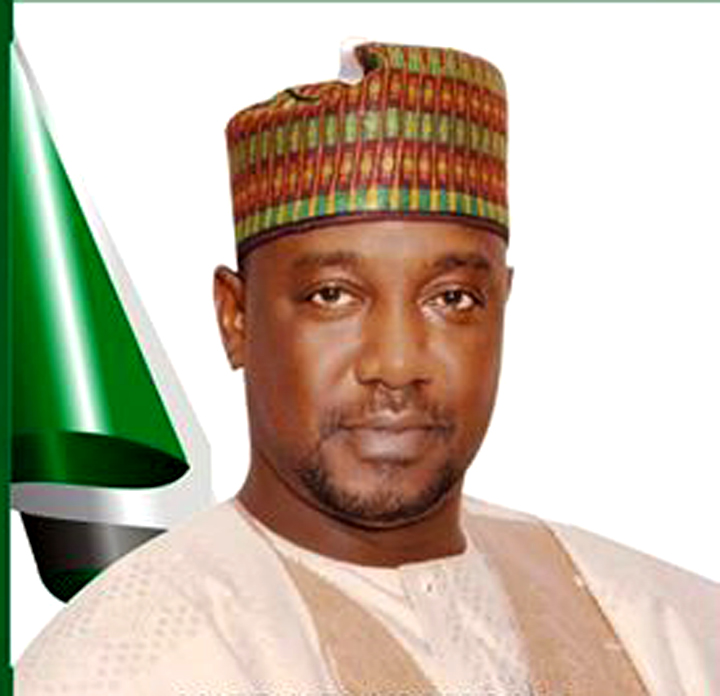Gov. Abubakar Bello of Niger on Saturday inaugurated FADAMA III-Additional Financing (AF) facilities worth 323.1 million dollars in the state.
Bello was represented by his deputy Alhaji Ahmed Ketso Katcha Local Government Area of the state at inauguration of a 15.53 kilometre Badeggi/Egbanti feeder road project rehabilitated at the cost of 1.2 million dollars .
He also performed a symbolic inauguration of six aggregation centres (warehouses) in Katcha built at the cost of 322.9 million dollars.
Bello said that the joint World Bank and Federal Government intervention programme under the FADAMA III AF would create jobs, increase production and wealth and also boost socio-economic activities in the benefiting communities.
The Governor said that the project has impacted positively on the rural people by exposing farmers to modern techniques in farming.
He urged the benefiting communities to protect and maintain the facilities to ensure sustainability.
Bello however urged the people of the state to report any security threat to the nearest security agency.
NAN also reports that the aggregation centres established in six local government areas of Katcha, Gurara, Shiroro, Lavun, Kontagora and Rijau would be purchasing centres for off-takers (Marketers).
Similarly, Dr Adetunji Oredipo, Task Team Leader, World Bank urged government to ensure sustainability of the gains of the project which started in 2014 and scheduled to end in 2019.
Oredipo who was represented by Dr Ahmed Ibrahim, Team Leader World Bank Supervision Mission to Niger commended the state for doing well in the project.
Also speaking, Alhaji Aliyu Kutigi, the State Project Coordinator said that construction of the aggregation centres and rehabilitation of road was undertaken under the Small-Scale Community Owned Infrastructure programme.
Also, Alhaji Mustapha Yusuf, District Head of Dzwafu in Katcha thanked the World Bank, Federal and state governments for the project which has increased production and boost socio-economic lives of the people.
Yusuf pledged that the people would own and maintain the facilities toward sustainability of the objectives of the project.

